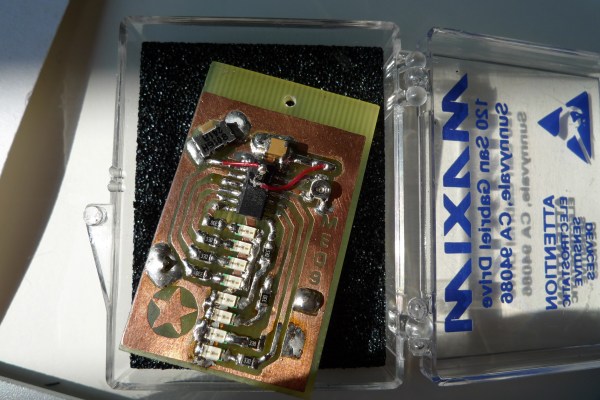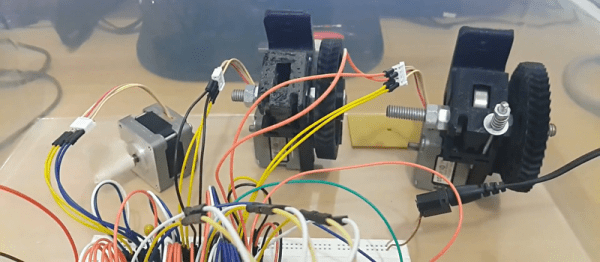Contact, the 1985 book by Carl Sagan, was significantly better than the movie. Five people went through the wormhole, three machines were made (in Russia, Wyoming, and a third on Hokkaido), Erbium did something, and the novelization provided much better worldbuilding. One of the more interesting characters in the book was H.R. Haddon, the megalomaniacal business man, made his first million designing a chip that would block advertisements on TV. The book strongly suggests this commercial-blocking chip was a purely analog device, a concept that would have been an amazing abuse of NTSC produced by a damn fine engineer.
Now, even though cord cutting is commonplace and streaming is taking over, there’s still commercials on Hulu. In a few months, I’ll have to pay $5 a month to watch Star Trek with commercials. There is obviously a market for ‘adblock for TV’, and that’s what [PixJuan] is doing for his Hackaday Prize entry.
[Juan]’s device is a basically an HDMI switch with a remote that’s pressed every time the ads start to show on a broadcast. This switch will change the input of the HDMI switch from a cable box to a Raspberry Pi and play a short video clip or something else that isn’t selling you crap. When the Raspi is done, the switch goes back over to the original input.
With a bit of computation in this adblock-for-TV device, there are a few more options for ad detection. The Raspberry Pi could build a database of when ads play and for how long, depending on the channel. This is a great project that has a lot of potential to use some interesting techniques like computer vision and machine learning for the goal of removing commercials before they start.






















